Korea, India, Persia
1/6
There's no tags or description
Looks like no tags are added yet.
Name | Mastery | Learn | Test | Matching | Spaced |
|---|
No study sessions yet.
7 Terms
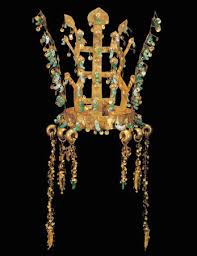
“Gold and Jade Crown” Silla Kingdom; Korea; 6th cent. CE; Metalwork
Queen’s crown that was used in life & afterlife
Found in a TOMB → like to bring riches to afterlife AND shows status
Represented the World Tree (Axis Mundi)
sacred knowledge sent from Heaven to Earth
Geometrically stylized
Jade = ripe fruit (fertility)
Shamanism - one spiritual “priest” making sure we are in
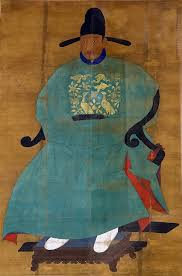
“Portrait of Sin Sukju” Korea; 15th century; Imperial Bureau of Painting; Hanging Scroll
Imperial Bureau of Painting = government agency of artists (artists employed by gov’t)
Sin Sukju is a Prime Minister who received meritorious subject four times, this one is 1417-75
Meritorious Subject Painting; an official honored for loyalty to king during a TUMULTUOUS time (POLITICAL PROPAGANDA)
Symbol of success & how one should be
commemorates sitter in present AND afterlife, worshipped by later generations
Attention to detail on face and symbol of rank
Chinese → birds = rank
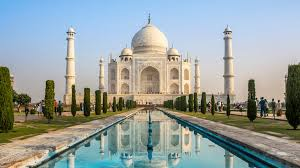
“Taj Mahal” 1630 CE; India; Mughal; Imperial architect Lahori
Looks like an Islamic monument, but isn’t, because…
Chahar Bargh - 4 quarters of paradise heavens
planted to bloom year-round → symbol of the ruler’s succes
Mughal gardens - place of refuge
“The Luminous Tomb”
Built by Shah Jahan, Mughal Emperor, for Mumtaz Mahal, his favored wife that died in childbirth
a mausoleum BUT
a DISPLAY OF POWER
Innovation - white marble instead of red brick
wanted it to be better and more unique than others
Taj design based on Humayan’s tomb
Purposelly located next to Yamuna River → visible
Symmetry important - mosque on left, storage/museum on right
Predestination
Vegetal motifs inlaid with gemstones represent the cosmos -Just like the mausoleum of Shihuangdi
Qur’anic quotes
Sacred geometry
Persian Miniatures
Gouache - vibrant watercolor
Depicts genre scenes (everyday life) OR royal history
Highly Decorated (Large border)
Calligraphy
It was ICONIC, which goes against Islamic tradition
typically NOT religious art
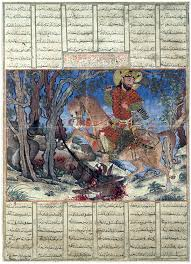
“Bahram Gur Fights the Karg” Folio from Shahnama; Persian; 1330
Shahnama - Royal history of Iran (NOT mass produced due to the great detail)
Manual of just king ship → audience = royals and teaches them about past successful rulers
Bahram Gur - descendant of Genghis Khan (Mongol), ruled over foreign land (Mesopotamia and Iran)
Bahram Gur depicted as hero of Iranian history because he was believed to triumphed over Irian folklore monster, the Karg, who had been terrorizing them.
Function - propaganda to legitimize foreign rule
Chinese landscape paintings - curvilinear, ink wash
DIDACTIC ART - meant to educate the viewer
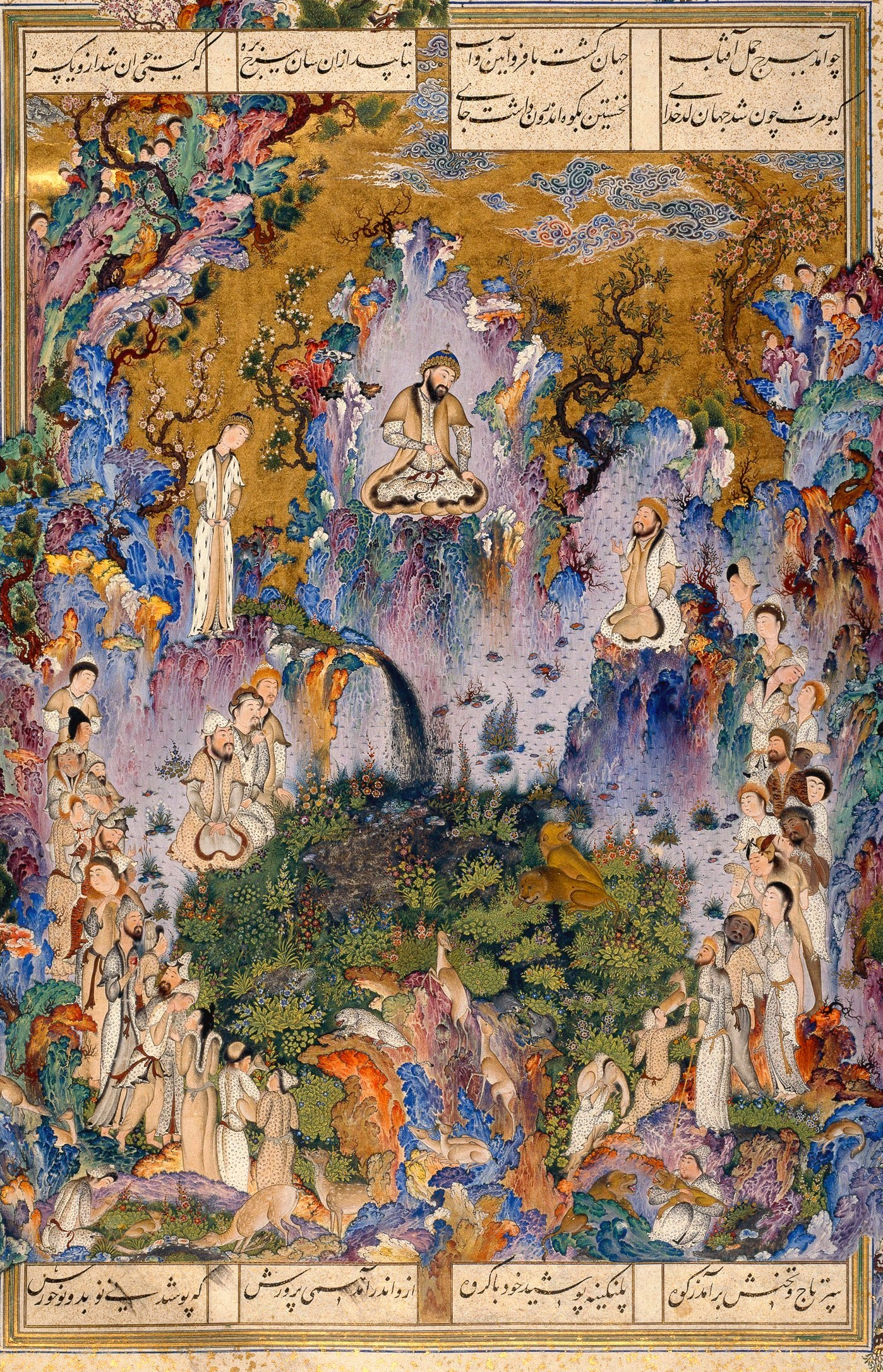
“Court of Gayumars” Folio from Shahnama; 1525
Artist - Sultan Muhammad- established artist who’s art is known for being highly detailed → is in high demand (makes his art more expensive
Patron = Shah Tahmasp - commitment to literacy
showcases wealth (lux materials, gold sky)
Gayumars - legendary first king (shah) of Iran (12th BCE)
Circular hierarchy - Gayumars at apex
in control of people and nature (the universe)
Lush landscape - success of nation
Favored son prophesied to die
Chinese - twisting tree branches, stylized flowers, patterned clouds
Persian - flat gold sky, lavish color (Gouache), individualized faces
Shows power through the implied halo
FUNCTION
Didactic art - educate royalty and public
Showcase patron’s wealth and status
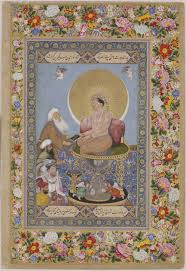
“Jahangir Preferring a Sufi Sheikh to Kings” Bichtir (artist); India; 1620; Watercolor, gold, ink on paper
Context: Prince Salim is prophesied heir, Mughal Empire is under muslim rule (mughals)
Prince Salim is seen as a bad ruler, changes name as Jahangir
Jahangir - Mughal King in India meaning “bringer of light”
Sufi Sheikh - Islamic mystic; religion important
Ottoman Prince
King James (England)
Bichtir: artist (Hindu)
Euro - naturalistic flowers, angels
Islam/Persia - Decorated border, calligraphy
Bichtir - acclaimed for ability to paint hands
Painting established distinction between rich & poor; Jewelry & cannot be touched
Islam: Jahangir “Seizer of light: & Sufi Sheikh, Qur’an calligraphy, Decorative borders, blue & gold
Euro: King James I (England), naturalistic flowers (Dutch), Christin angels
India: Bichtir in yellow Hindu robes